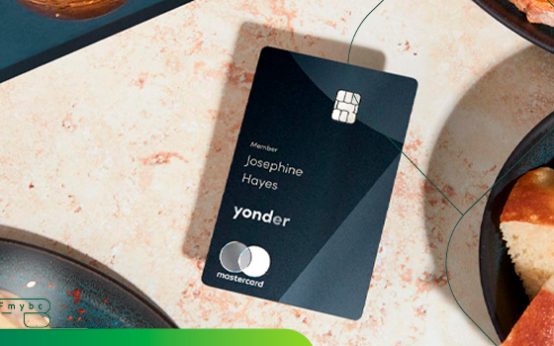Starting university often means handling money independently for the first time. It’s exciting, but it can also feel overwhelming. A credit card, when used sensibly, isn’t just about making purchases—it can help build a financial footprint, give peace of mind with purchase protection, and act as a cushion in emergencies.
What Makes the HSBC Student Credit Card Appealing
Students usually want something uncomplicated, and this card delivers:
- There’s no annual fee, so keeping the card costs nothing extra.
- With a representative APR of 18.9% (variable), it’s on par with the best student cards available.
- The credit limit is capped at £500, enough to provide flexibility but not so high that it encourages risky overspending.
- Purchases between £100 and £30,000 come with Section 75 protection, which means buyers are covered under UK law if things go wrong.
- The HSBC mobile app adds digital convenience, from freezing the card instantly to receiving spending alerts, and it links smoothly with Apple Pay and Google Pay.
- For added security, HSBC offers round-the-clock support worldwide in case the card is lost or stolen.
How It Works in Practice
The HSBC Student Credit Card is tied directly to the HSBC Student Current Account. After approval, most students receive a limit of up to £500, subject to credit checks. When balances are cleared on time each month, there’s the benefit of up to 56 days of interest-free spending. Cash withdrawals, however, come with steeper costs—a 23.6% APR (variable) plus a minimum fee of £3. Using the card abroad isn’t as attractive either, with a 2.99% charge on non-sterling transactions.
How HSBC Stands Against Rivals
To get a sense of where it fits, here’s a quick look at competitors:
- NatWest Student Credit Card – APR of 18.9% (variable), no fee, limit up to £500, but fewer extra features.
- TSB Student Credit Card – APR slightly higher at 19.9% (variable), also no fee, with a similar limit.
- AIB (GB) Student Card – APR at 13.9% (variable), no fee, with limits ranging from £250 to £600, making it attractive for those focused on lower rates.
HSBC holds its ground with a reliable app and strong protections, even if it’s not the lowest APR on the list.
Best Ways Students Can Use It
This card isn’t designed for big-ticket spending, but it’s handy in situations like:
- Building credit history – Showing lenders that repayments are made on time can make a difference later when applying for loans or mortgages.
- Safe online shopping – Section 75 adds an extra layer of protection on purchases such as laptops or travel bookings.
- Emergency use – The £500 limit ensures borrowing doesn’t spiral but still covers urgent needs like medical bills or travel.
- Learning financial discipline – The HSBC app helps track spending and encourages good budgeting habits.
Weighing the Pros and Cons
The HSBC Student Credit Card is affordable and easy to maintain when balances are repaid monthly. It’s not built for students who plan to travel abroad often, as fees add up quickly, but for everyday use in the UK it’s dependable. The absence of annual fees, a fair APR, and protective features make it a strong first step for students learning to manage credit.
Final Word
For students already banking with HSBC, this card offers a safe and practical way to begin building credit. Used responsibly, it can support day-to-day spending while also laying the groundwork for a healthier financial future.On Page 2, we’ll break down how to use the card more effectively, share tips to avoid common mistakes, and highlight hidden benefits that often go unnoticed.



 118 118 Money Card: Full Usage Guide, Tips & Real Value <p style='font-size:14px;'>More Than Just Credit Repair: How 118 118 Money Card Fits Real UK Lifestyles</p>
118 118 Money Card: Full Usage Guide, Tips & Real Value <p style='font-size:14px;'>More Than Just Credit Repair: How 118 118 Money Card Fits Real UK Lifestyles</p>  YONDER CREDIT CARD: THE COMPLETE OPTIMIZATION GUIDE <p style='font-size:14px;'>Everything you need to extract maximum value from the UK's most experience-focused card</p>
YONDER CREDIT CARD: THE COMPLETE OPTIMIZATION GUIDE <p style='font-size:14px;'>Everything you need to extract maximum value from the UK's most experience-focused card</p>  How to Use the Amex Gold Card for Maximum Value in 2025 <p style='font-size:14px;'>Advanced Strategies to Maximise Amex Gold UK: Points, Perks & Lounge Access</p>
How to Use the Amex Gold Card for Maximum Value in 2025 <p style='font-size:14px;'>Advanced Strategies to Maximise Amex Gold UK: Points, Perks & Lounge Access</p>